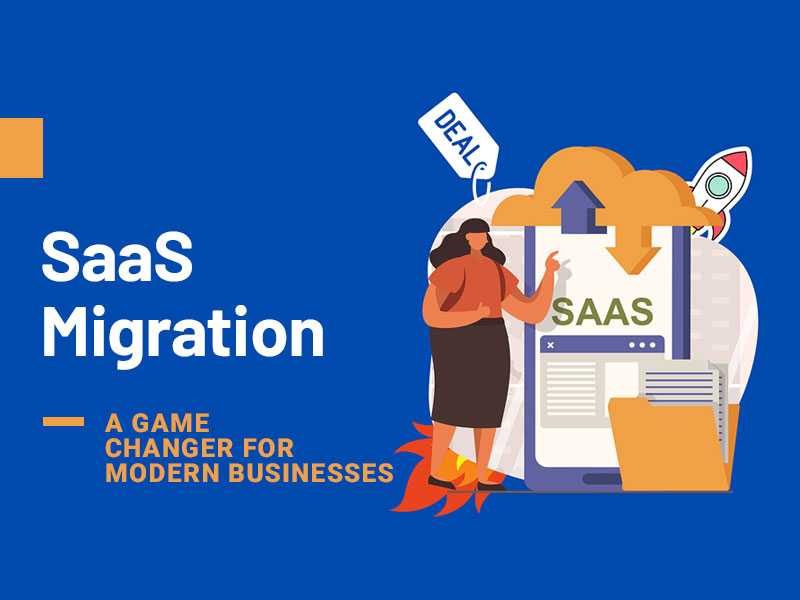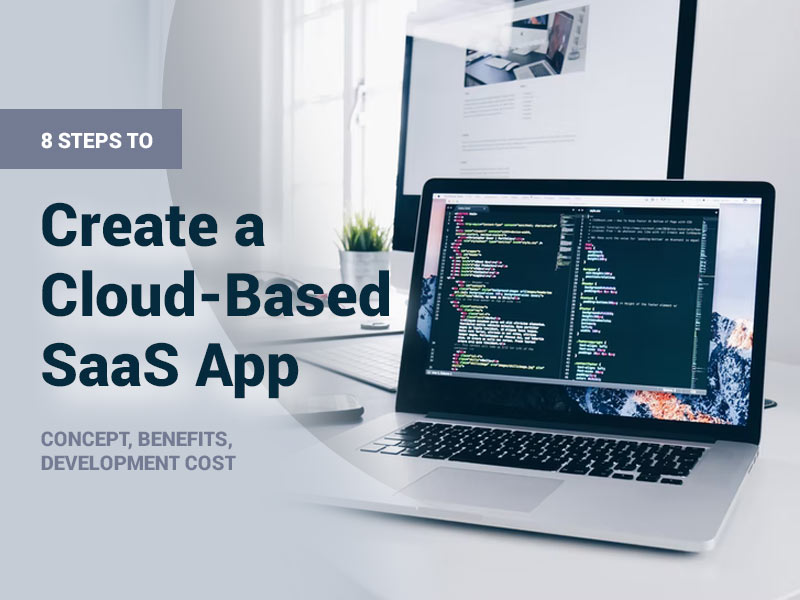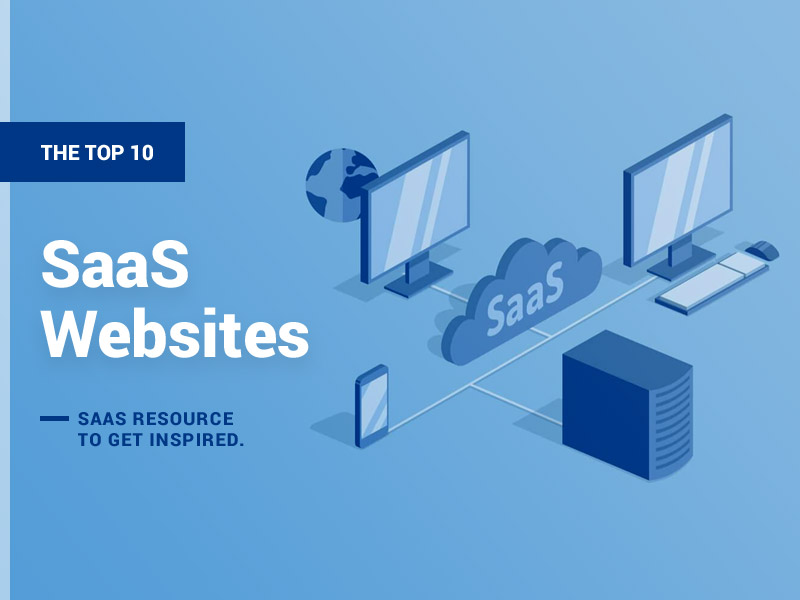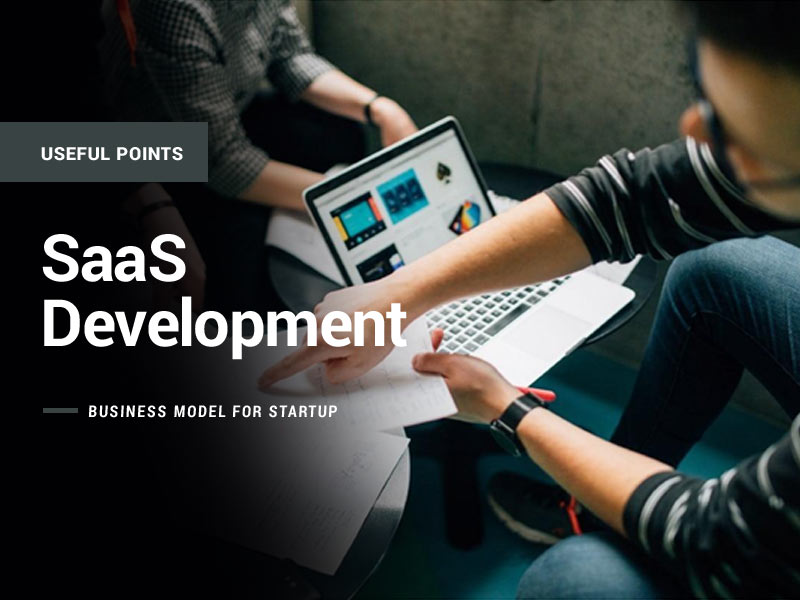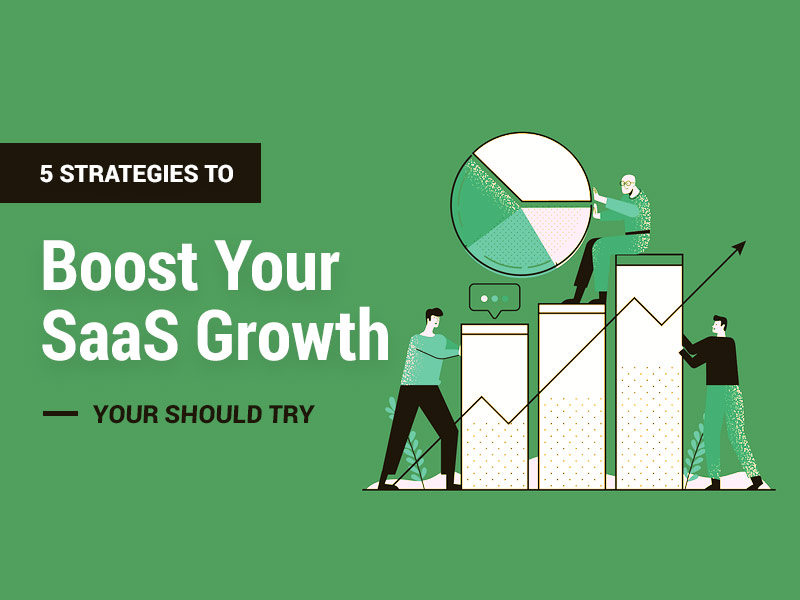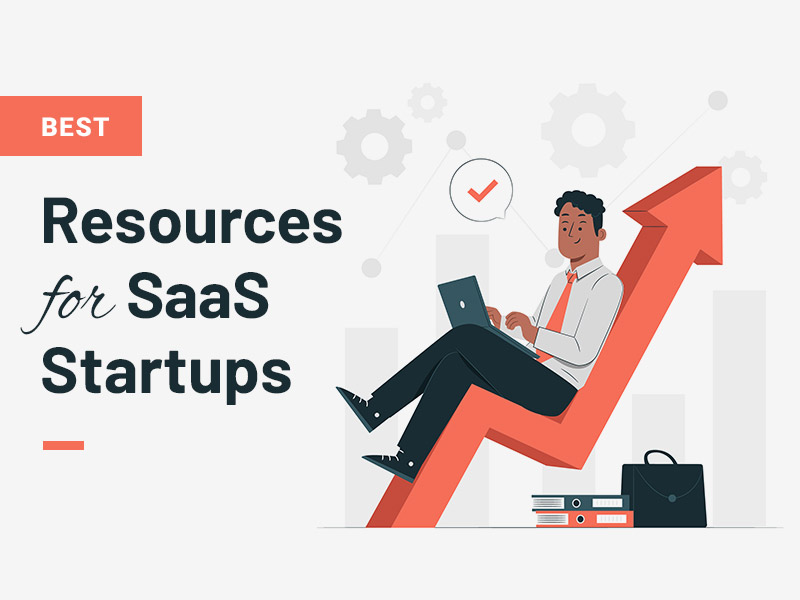Are on-premises software systems proving unreliable for your expanding business? Or do you want to go the cloud way to reduce downtime, costly upgrades, and time-consuming scheduled maintenance? Migrating to SaaS is a long-overdue investment for your small or large businesses.
Migrating to cloud-based software solutions is a business-specific undertaking. Your company priorities determine the route of SaaS integration. Every upgrade must adhere to PCI DSS, GDPR, HIPAA statutes, and applicable cybersecurity regulations.
How Migrating to SaaS Can Change Your Business
The cloud-oriented model licensing and distributing software, SaaS, has taken center stage in the modern business. Shaping and revolutionizing the industry are zealous industry gurus with tools and resources to manage the running of your cloud applications on a pay-as-you-go model. SaaS delivers apps for integral business functions such as supply chain, human capital management, marketing, and ERP.
1. Formalizing and Reducing Costs
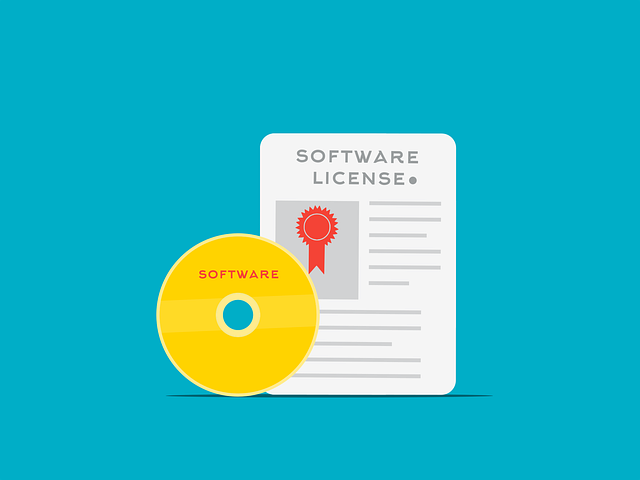
The costs are never standard for a business running on premise-hosted software applications. Your overall bill for owning and running the applications will always vary. Costs on routine upgrades and maintenance can overwhelm your company. The shift to on-cloud systems standardizes and reduces pricing. Deploying the cloud-based system is cheaper because you do not need to buy bulk software licenses.
You pay a friendly fee credited based on the server resources used. That saves you from the high over-provisioning server costs of on-premise services. Moving data storage and applications to the cloud eliminates unending hardware upgrades. It positions your company to engage relevant clients better, reducing the costs of SaaS lead generation.
2. Guaranteed Security and Compliance
The worst blow to a company is a cyber attack that hacks into your software applications. The cost of damages incurred can take years to restore. It means stopping operations for some time to take care of the impact. Such issues are common with on-premise software applications. Cyber security threats become prevalent because of manual upgrades and a lack of robust virtual security infrastructure.
SaaS providers understand the risks in the cybersecurity landscape. They develop and deploy software solutions cushioned against most cyber security threats. The robust security measures deployed protect customer data. Regular system audits and security patch updates safeguard your business against emerging threats. Additionally, Salas companies offer software application compliance features to keep your business compliant with industry regulations.
3. Flexible and Scalable
SaaS systems have built-in scalability. With this feature, your company can access advanced apps and services immediately. You do not need any hardware upgrades to access the newest software applications released to market. The IT team can eject and add resources and users as required. For a company in industries that fluctuate in demand every other season, it helps you stay afloat and minimize undue costs.
An indispensable quality of SaaS applications is flexibility and versatility. Online accessibility translates to higher flexibility as users with access credentials can log in and make edits or changes to documents and apps remotely. You only need a device supporting the software apps and a strong internet connection.
4. SaaS Boosts Efficiency and Profitability

Customers hate delayed deliveries or poorly done work. Most often, on-premise deployment causes process stagnation and inconveniences. SaaS migration can make your business a productivity horsepower. Applications delivered on the cloud automate operations and enhance marketing and sales. It is a step towards achieving more with minimal resources and human input.
For instance, you can integrate SaaS ERP into your business for back-office automation. That frees up workers and allows them to concentrate on other significant duties. It streamlines your company operations and ensures larger projects get completed within a shorter time.
5. Superior Innovation and Speed to Market
Every time a business wants to upgrade its on-premise software system, it should schedule a day or week. You call your software and hardware provider and schedule a date. That means budgeting for the same and securing the necessary software and hardware. The process consumes time and costs a lot to implement. SaaS systems do not require such costly and demanding upgrade processes.
You gain instant access whenever a SaaS provider adds new features to their apps. You will not need to purchase and install new infrastructure or software to use the latest technologies. Besides, the deployment of SaaS applications requires minimal work. Therefore, your business can introduce new services and products faster.
Also read: Top 10 SaaS Development Trends You Should Follow
Wrapping Up
Are you determined to make that lifetime investment to change your business? SaaS implementation can transform your operations and viability. Carefully evaluate your business needs and select applications that meet those requirements. For a smooth transition, develop a practical migration plan. Seek the professional help of a qualified partner to make the migration seamless and successful.
Transitioning to cloud apps can benefit your business in the long run. The deployment costs are within reach, and the operation costs are also affordable. Automating processes leads to a positive impact on your productivity and overall company success.
